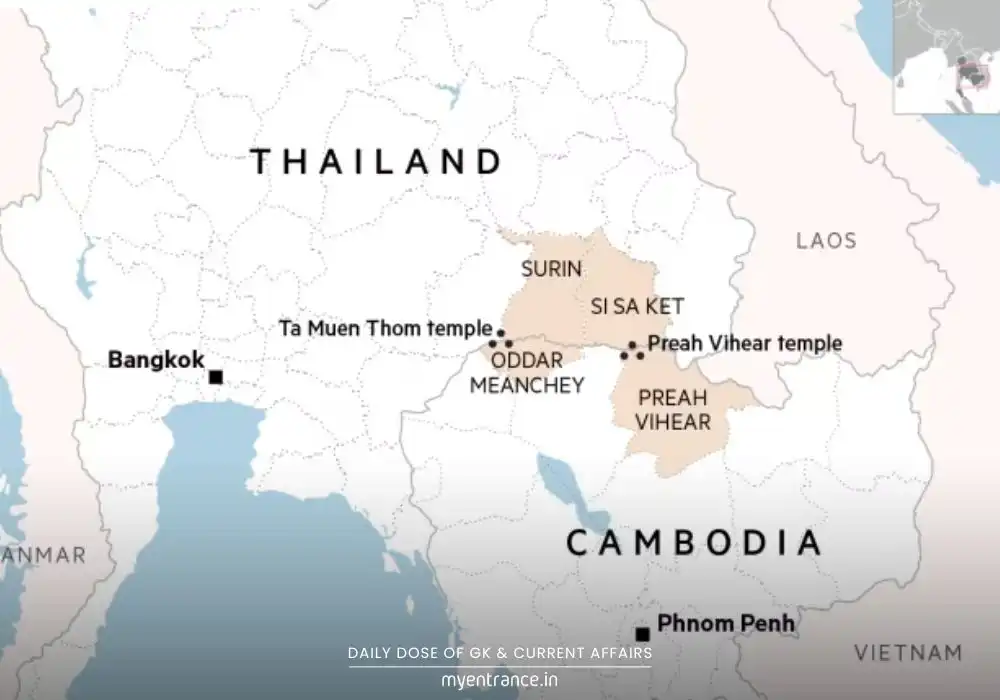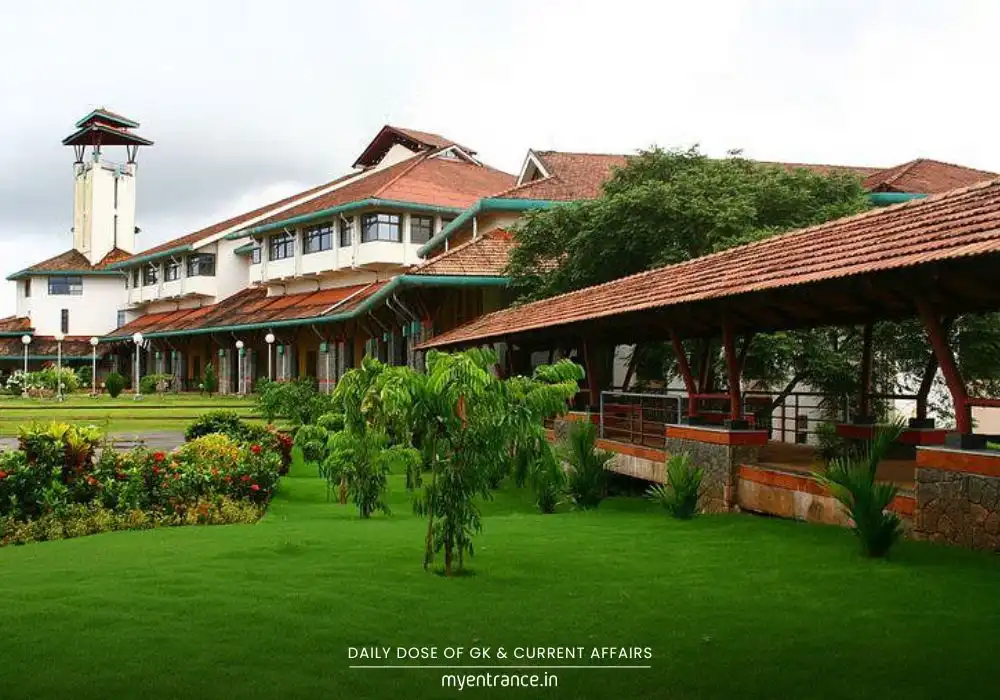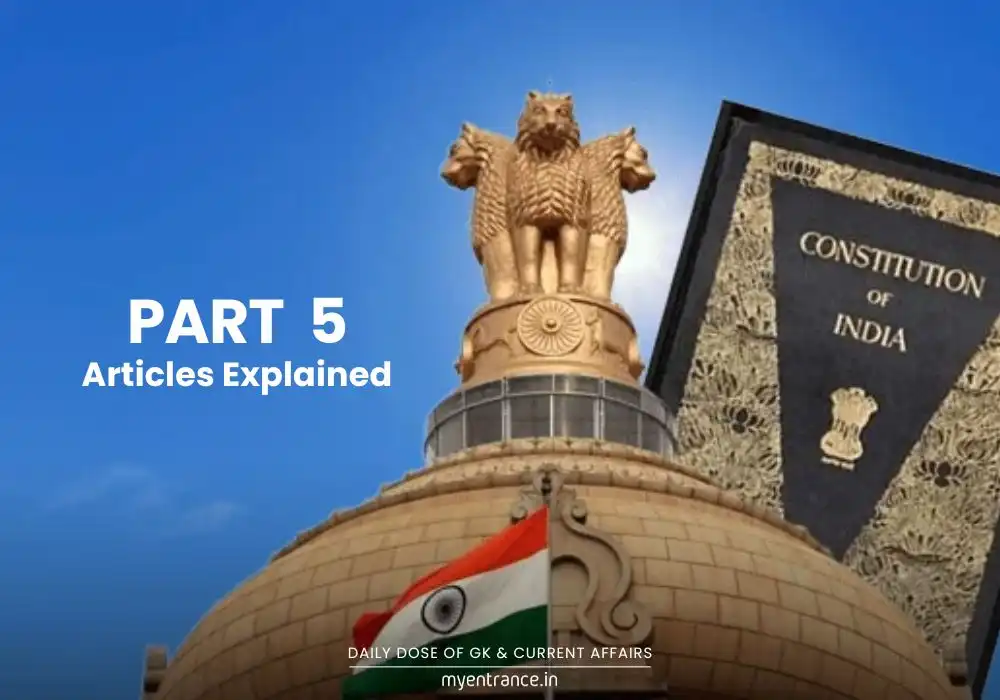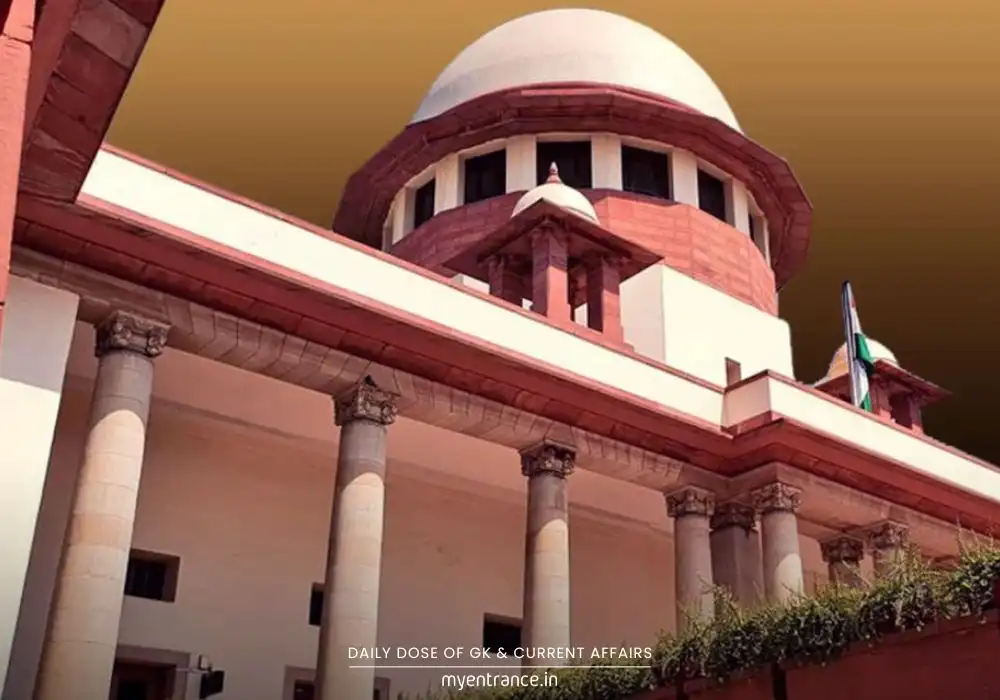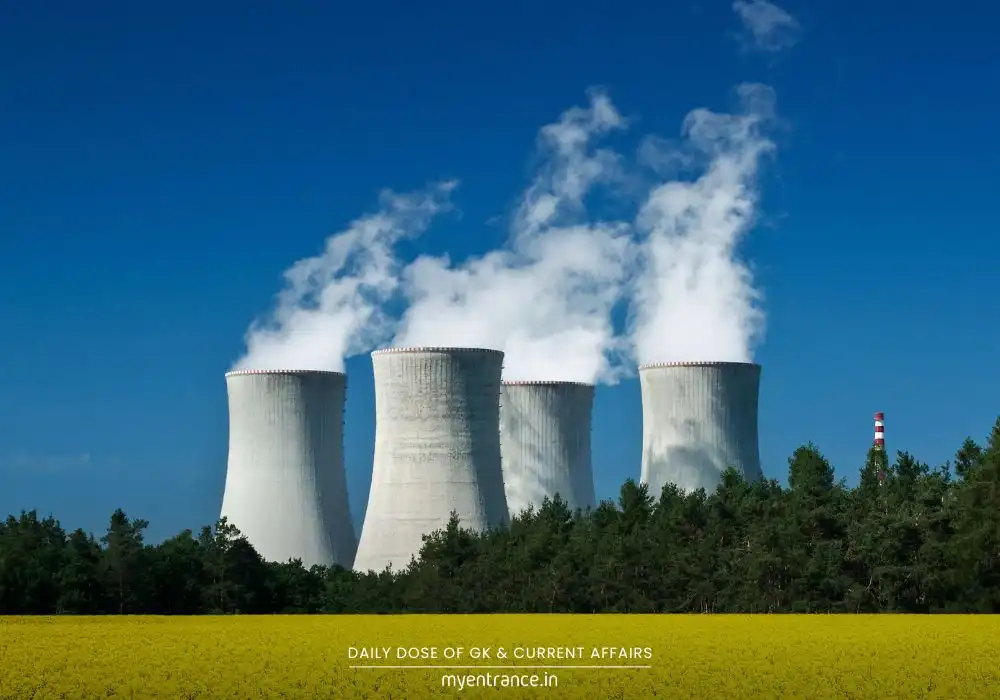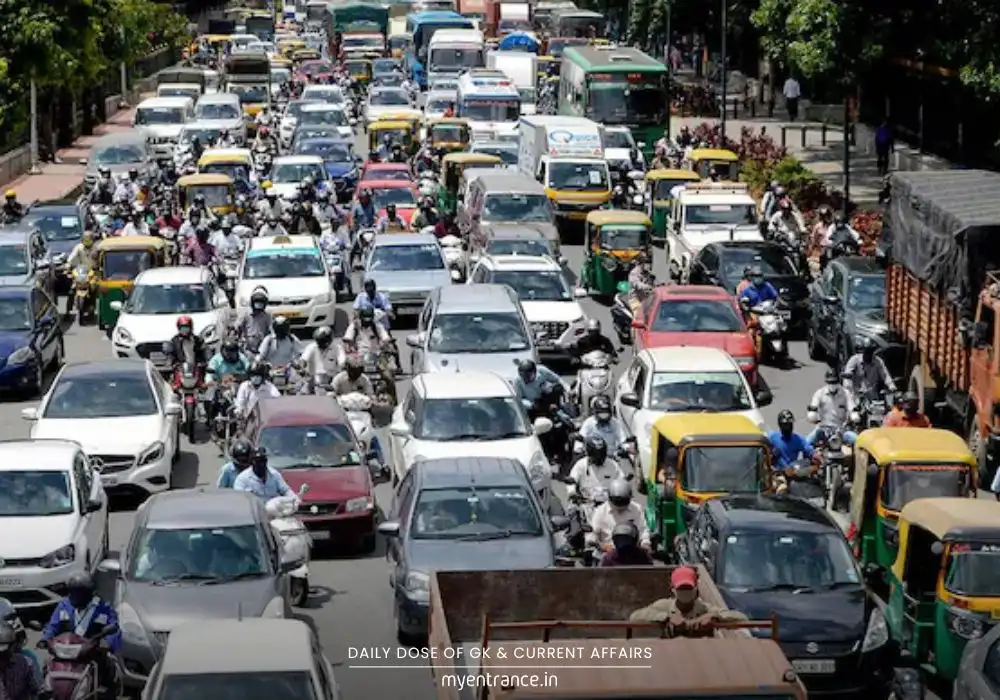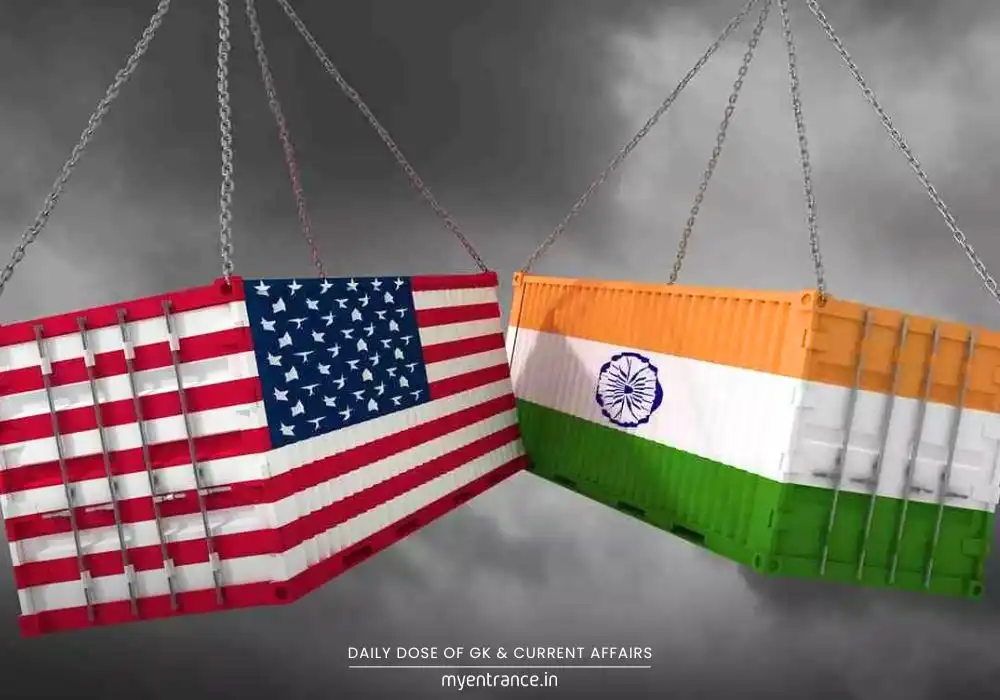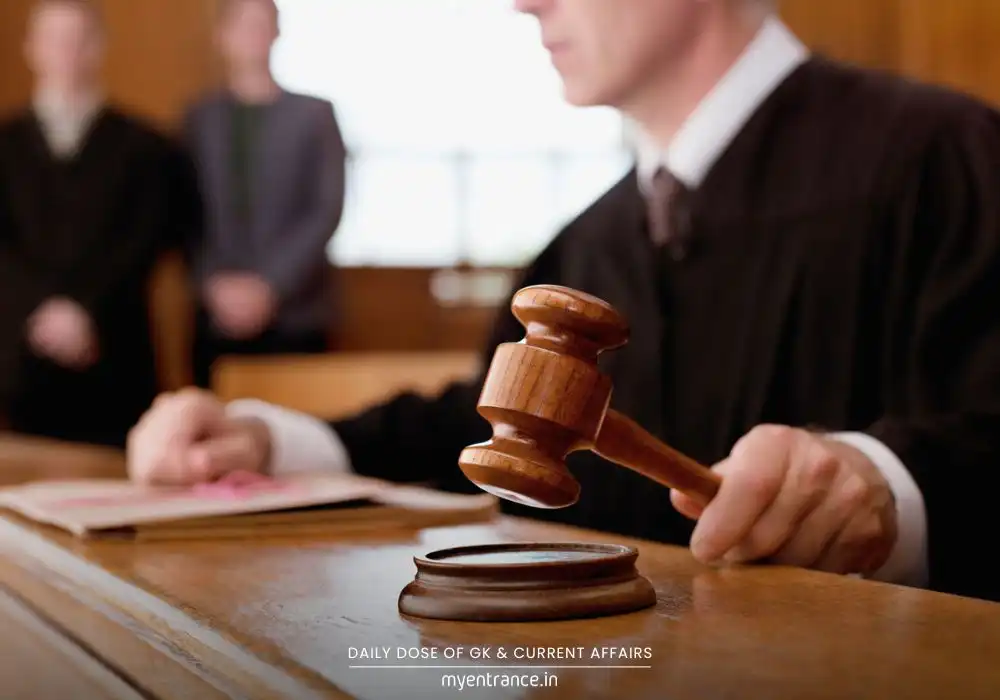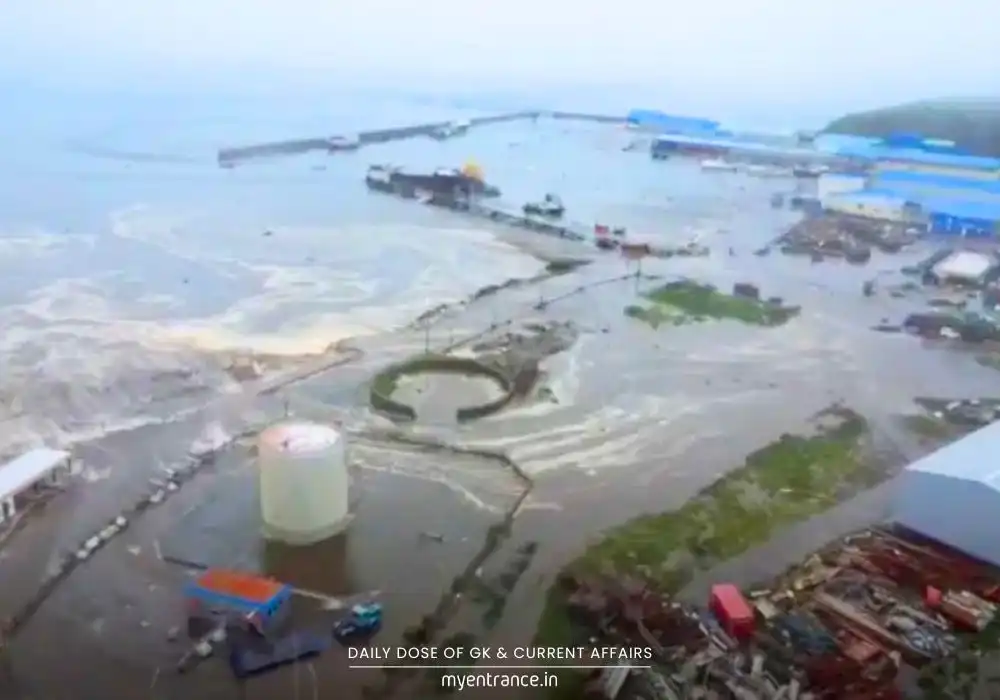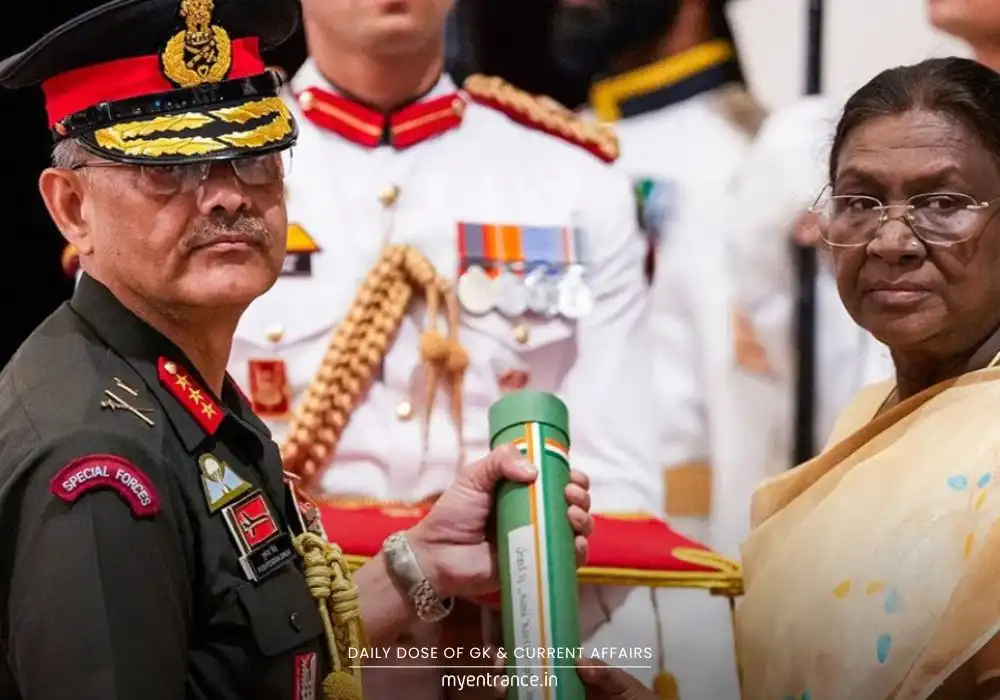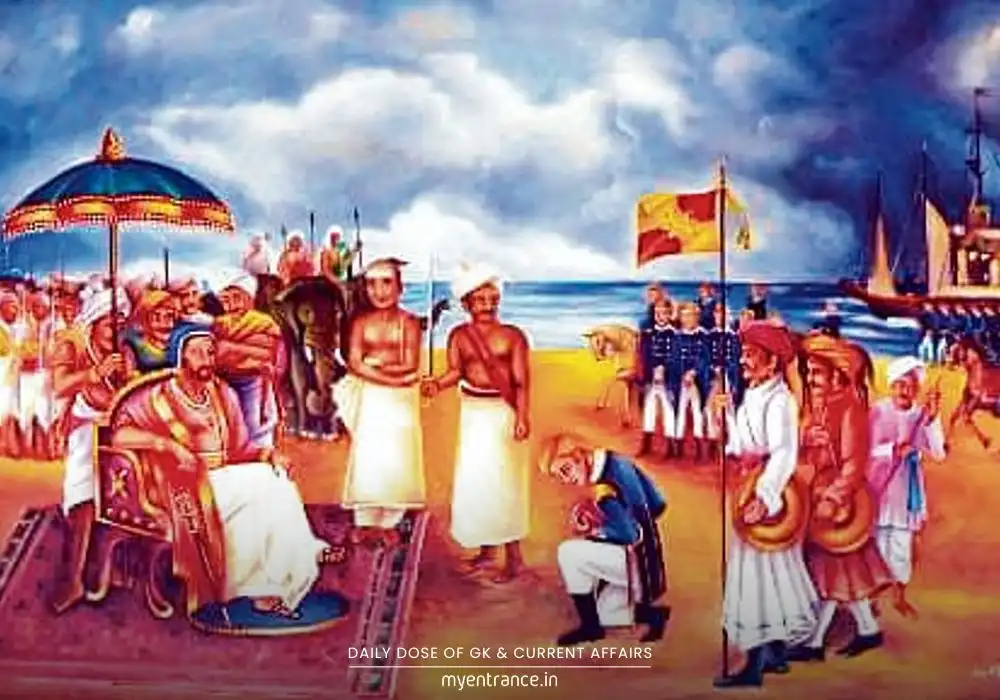Translate Language
Pahalgam Attack & TRF Exposed: Why the UNSC Report Matters for UPSC Aspirants
The recent UN Security Council report marks a pivotal moment by explicitly naming The Resistance Front (TRF) for the devastating Pahalgam terror attack. This unprecedented international recognition confirms India’s long-standing position on TRF being a front for Pakistan-based Lashkar-e-Taiba (LeT). For exam aspirants, understanding this development is key to grasping contemporary security challenges and India’s diplomatic efforts.
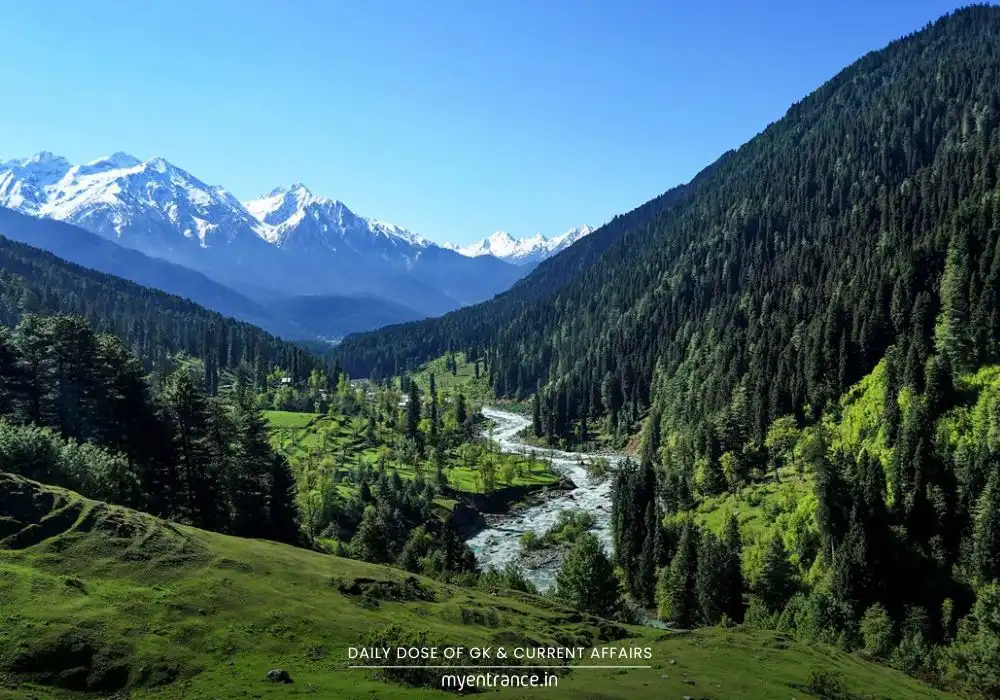
In a significant development with major implications for India’s security narrative, a United Nations Security Council (UNSC) monitoring report has, for the first time, explicitly named The Resistance Front (TRF) in connection with the horrific Pahalgam terror attack of April 22nd. This attack, which tragically claimed the lives of 26 civilians, was swiftly claimed by the TRF itself.
Why is this UNSC mention so crucial?
Confirmation of India’s Stance: The report, from the UNSC’s 1267 Sanctions Committee Monitoring Team, directly links the Pahalgam attack to the TRF. Indian sources emphasize this validates their consistent assertion that the TRF is merely a shadow outfit, or front, for the Pakistan-based terrorist organization Lashkar-e-Taiba (LeT), operating with support from across the border.
Diplomatic Victory: Getting the TRF named in a UN document represents a hard-won diplomatic achievement for India. Previous attempts were reportedly blocked by Pakistan. The fact that this report was adopted by consensus – meaning Pakistan, currently a non-permanent UNSC member, did not or could not block it – is particularly telling.
Undercutting Pakistan’s Denials: The inclusion, despite Pakistan’s presence on the council, starkly highlights Pakistan’s undeniable role in fostering terrorism in Jammu and Kashmir, significantly damaging its international credibility on this issue. As sources noted, it also “attests to our credibility in the UN on the counter-terror front.”
Following International Action: This UNSC report comes hot on the heels of the US State Department’s July 18th designation of the TRF as a Foreign Terrorist Organization (FTO) and Specially Designated Global Terrorist (SDGT). The US explicitly linked TRF to LeT and cited the Pahalgam attack as the deadliest on Indian civilians since the 2008 Mumbai attacks.
Understanding The Resistance Front (TRF):
TRF emerged prominently around 2020, following two major events: the revocation of J&K’s special status (Article 370) in August 2019 and significant operational setbacks suffered by the LeT in Kashmir in 2018.
It has claimed responsibility for numerous attacks against security forces and civilians, including the deadly Keran encounter in May 2020 where five Army commandos were killed.
India’s Ministry of Home Affairs (MHA) officially designated TRF as a “terrorist organisation” under the UAPA in January 2023, citing its roles in terror propaganda, recruitment, infiltration, and smuggling arms/narcotics from Pakistan into J&K.
Intelligence sources consistently identify TRF as an offshoot and direct proxy of the LeT, founded with the goal of merging Kashmir with Pakistan.
Why is this Important for Exams (SSC, PSC, UPSC, KAS, etc.)?
Current Affairs Relevance: This is a major, recent development in India’s security landscape and international relations, highly likely to feature in current affairs sections of all major competitive exams.
Syllabus Alignment: It directly touches upon:
Prelims: “Current events of national and international importance.”
Mains GS II: “India and its neighbourhood- relations” (specifically India-Pakistan dynamics, cross-border terrorism).
Mains GS III: “Role of external state and non-state actors in creating challenges to internal security” (TRF as a proxy non-state actor supported externally, LeT/Pakistan’s role).
Understanding Proxy Warfare: The TRF case is a textbook example of how terrorist groups create front organizations to evade sanctions, project a local facade, and complicate counter-terrorism efforts. Understanding this tactic is essential.
International Mechanisms: It highlights the working of UNSC sanctions committees (like the 1267 Committee) and the significance of designations like FTO/SDGT by countries like the US in the global counter-terror architecture.
India’s Diplomatic Strategy: The report underscores India’s persistent diplomatic efforts to garner international consensus and expose cross-border terrorism emanating from Pakistan.
Questions & Answers on Pahalgam Incident:
Q: The recent UNSC Monitoring Team report is significant because it, for the first time, named which organization in connection with the Pahalgam attack?
A: The Resistance Front (TRF).
Q: Which major Pakistan-based terrorist organization is The Resistance Front (TRF) widely considered to be a front for?
A: Lashkar-e-Taiba (LeT).
Q: Why was the inclusion of TRF in the UNSC report, despite Pakistan being a member, considered a diplomatic success for India? (Select the most accurate)
A: It confirmed India’s stance on TRF’s links to LeT and Pakistan, was adopted by consensus (implying Pakistan couldn’t block it), and damaged Pakistan’s credibility on counter-terrorism.
Q: Prior to the UNSC report, which country designated The Resistance Front (TRF) as a Foreign Terrorist Organization (FTO) in July 2025, specifically citing the Pahalgam attack?
A: The United States (US State Department).
Q: In which year did the Indian government officially declare The Resistance Front (TRF) a terrorist organisation under the UAPA?
A: January 2023.
Get 3 Months Free Access for SSC, PSC, NIFT & NID
Boost your exam prep!
Use offer code WELCOME28 to get 3 months free subscription. Start preparing today!

